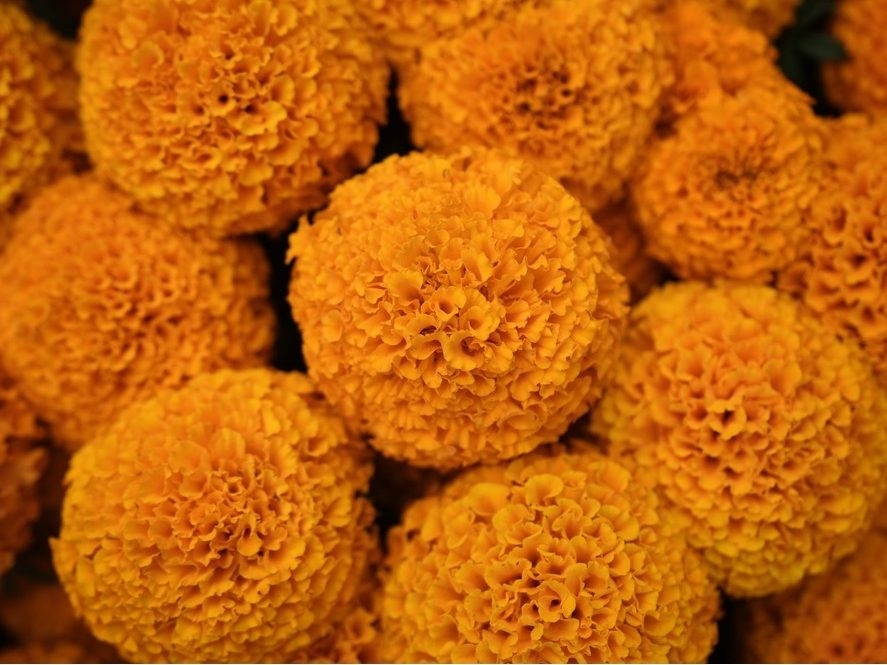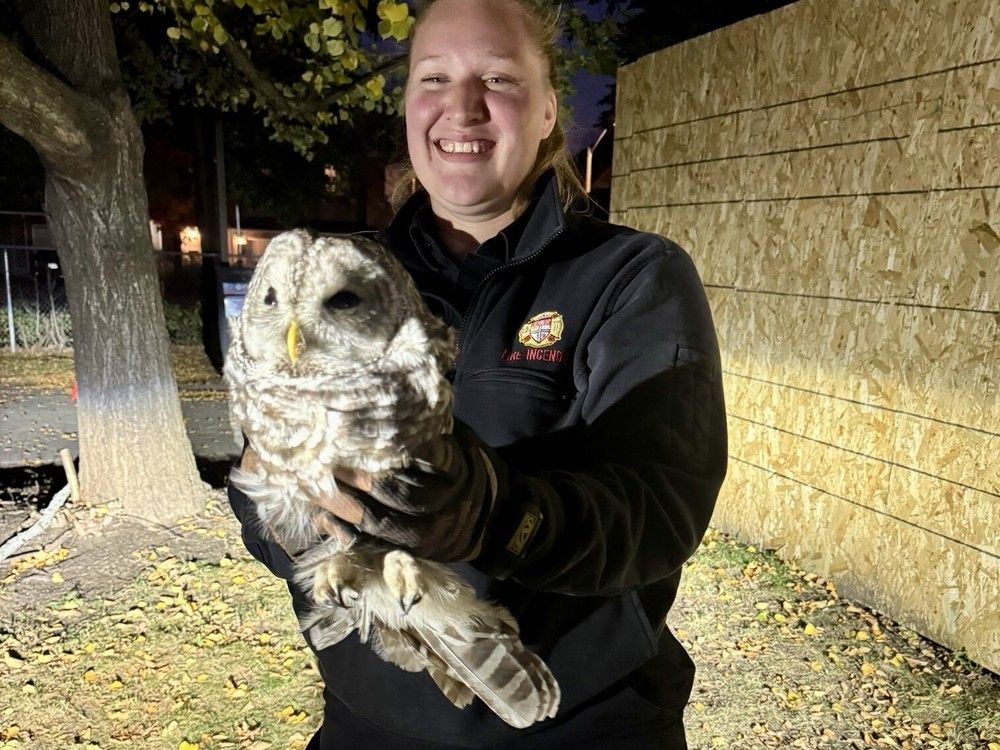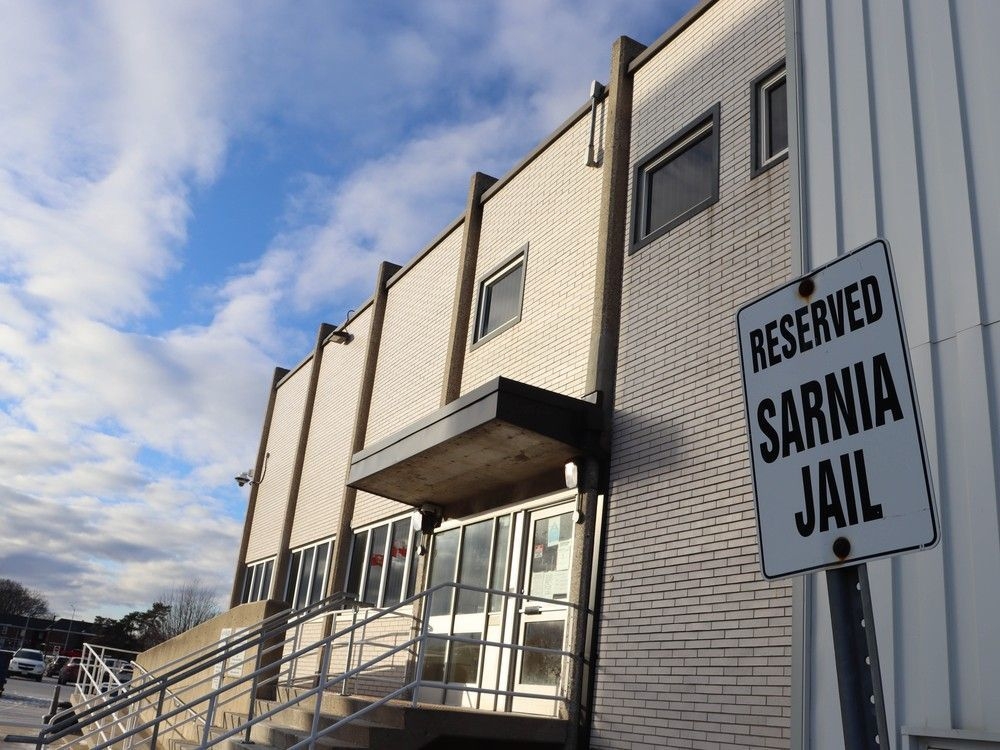Lucia Ortiz walks among a sea of orange, her hands gently gathering the cempasuchil flowers. These aren’t just blooms; they are the heart of Mexico’s Day of the Dead, destined to adorn altars and line the paths for returning souls. But beneath the vibrant color, a quiet worry shadows her work – a fear for the future of a tradition generations old.
For 30 years, Ortiz’s family has cultivated these “flowers of the dead” in the ancient canal systems of Xochimilco, a unique landscape on the edge of Mexico City. They’ve always understood the rhythm of the seasons, the delicate balance needed for a bountiful harvest. Now, that balance is shattered, disrupted by increasingly unpredictable weather.
This year, torrential rains and relentless drought have decimated crops across the country, wiping out as much as half of the cempasuchil harvest. Ortiz recounts struggling to afford even basic fertilizer, facing moments where everything felt lost. The vibrant fields, once a symbol of life and remembrance, now represent a precarious livelihood.

The cempasuchil isn’t merely a beautiful decoration; it’s a cultural lifeline. The flower is believed to guide spirits home, its bright petals illuminating the way to family altars. Beyond the spiritual significance, it’s a vital economic engine, projected to generate millions for farmers. But that economic promise feels increasingly fragile.
Scientists are working tirelessly to safeguard the future of the flower. At a specialized seed bank, researchers meticulously preserve thousands of native cempasuchil variants, hoping to unlock resilience against the escalating climate crisis. They’ve discovered a critical shift: farmers have increasingly favored a hybrid seed from the United States, prioritizing uniformity and marketability over the hardiness of traditional breeds.
These native seeds, honed by centuries of adaptation, possess a genetic diversity crucial for surviving extreme conditions. They’ve thrived in high altitudes and arid landscapes, resisting pests and enduring droughts. The hybrid, bred for appearance, lacks this inherent strength, leaving crops vulnerable to the changing climate.
Carlos Jimenez, a farmer who switched to the hybrid variety eight years ago, now faces the consequences. He watches his plants succumb to rot and disease, his livelihood threatened. He considers building greenhouses, a costly investment he can barely afford, knowing that with each failed crop, a piece of his family’s tradition disappears.
The losses extend beyond economics. They represent a threat to a way of life, a connection to ancestors who have cultivated these lands for generations. Ortiz and others have appealed to local authorities for assistance, but the support feels insufficient. She’s even contemplating alternative crops, a heartbreaking concession to the changing climate.
Despite the hardship, a deep sense of responsibility prevails. Jimenez believes the cempasuchil holds a profound meaning, a link to loved ones lost. He refuses to let the tradition vanish, clinging to the hope that the vibrant orange blooms will continue to grace the altars of Mexico for years to come. The fight to preserve this ancient practice is a testament to the enduring power of culture and the unwavering spirit of those who cultivate it.





